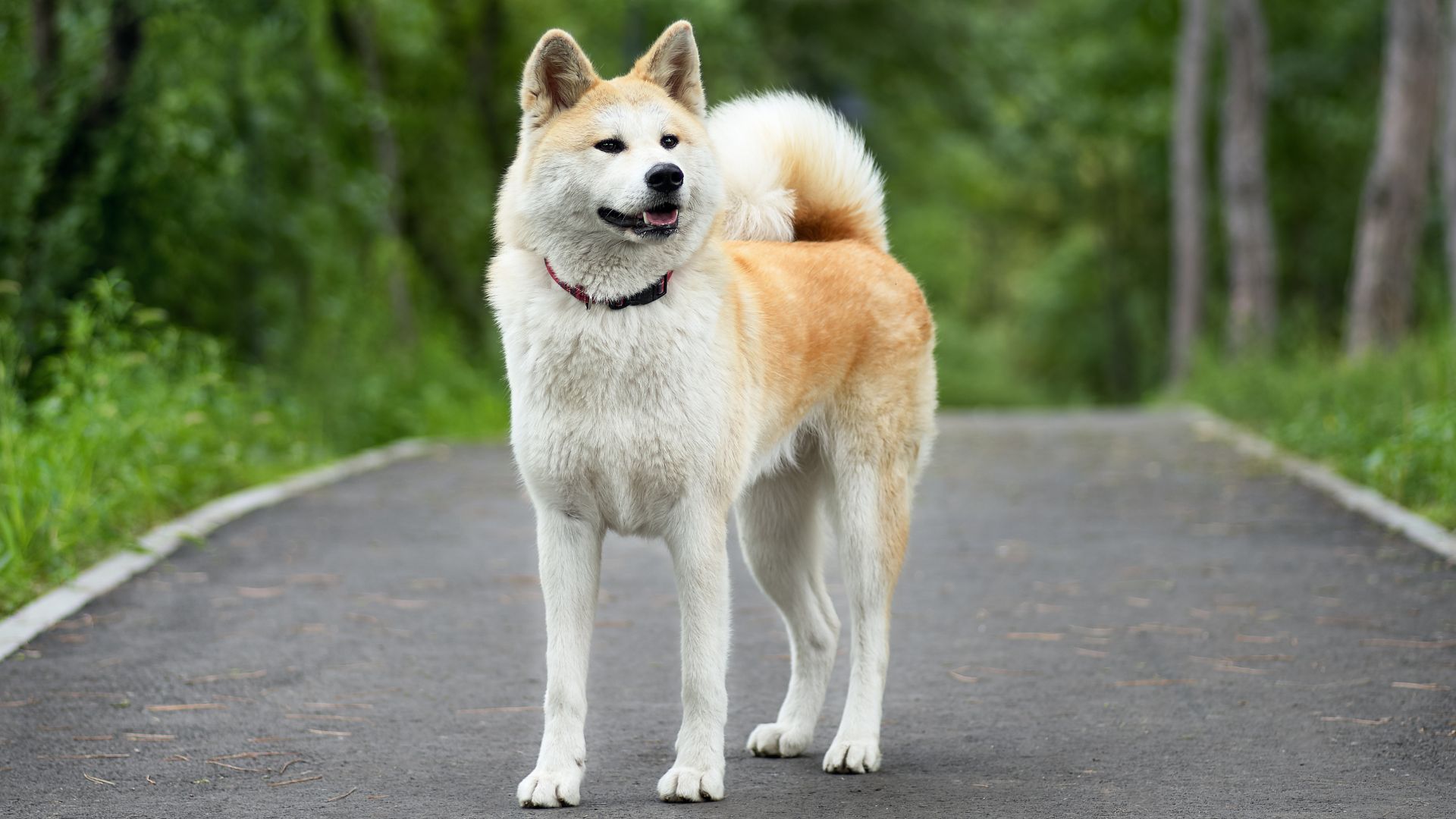When it comes to dogs, Japan has given us more than just adorable fluff—it’s gifted us living legends wrapped in fur. From ancient warriors to Instagram icons, Japanese dog breeds are a perfect blend of loyalty, grace, and just the right amount of dramatic side-eye.
You’ve probably heard of the Shiba Inu—the sassy meme king of the internet—but Japan’s canine lineup goes way beyond that fox-faced firecracker. These native Japanese breeds are steeped in centuries of culture, originally bred for hunting, guarding, and—let’s be honest—looking fabulous while doing it.
We’ll explore the top Japanese dog breeds, what makes them so unique, and why they’ve captured the hearts of dog lovers around the globe.
Bonus: most come with a side of stoic wisdom and quiet charm you just don’t get from your average tail-wagger. Kawaii meets courageous—let’s meet the stars of Japan’s dog world.
Best Japanese Dog Breeds
1. Akita
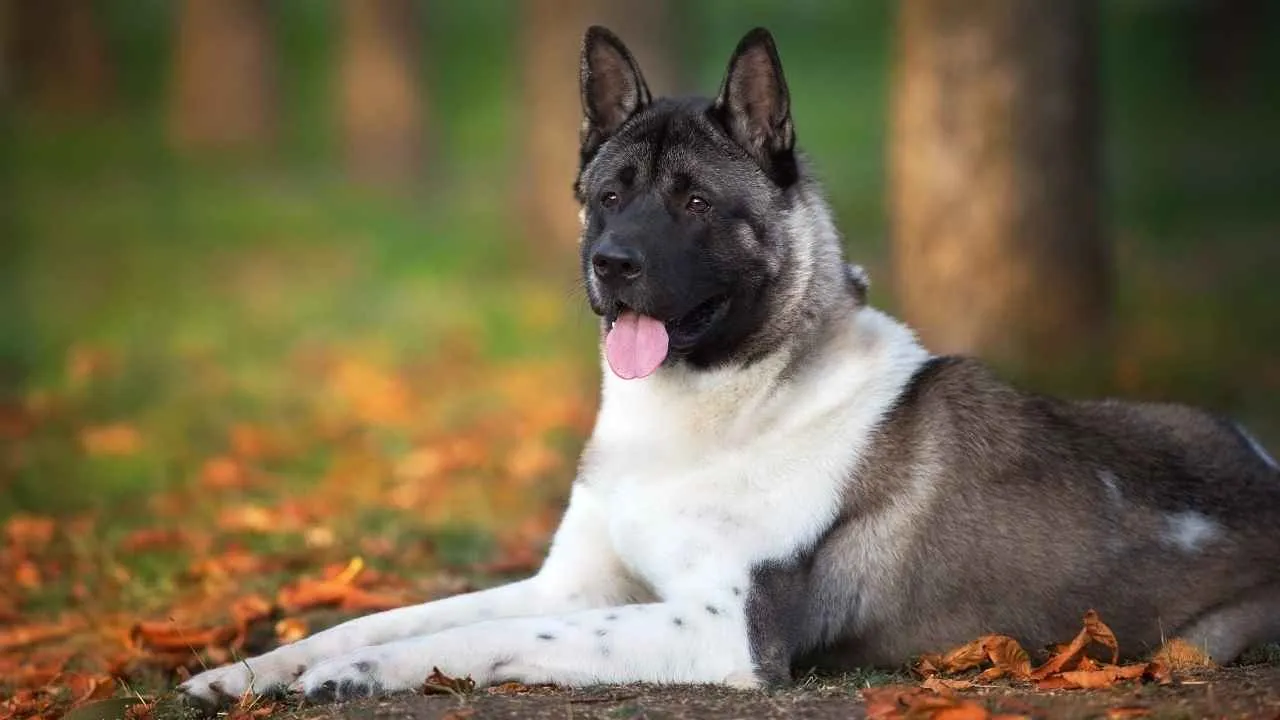
If Japan had a canine national treasure, it would be the Akita. Stoic, stunning, and fiercely loyal, this breed isn’t just a dog—it’s a legacy. Once the trusted companion of samurai warriors and legendary bear hunters, the Akita now guards suburban homes with the same silent devotion (minus the armor… but still ready for battle if needed).
Helen Keller famously brought the first Akita to the U.S. in 1937—and like so many since, she instantly fell for their noble temperament and unshakable loyalty. These dogs don’t just follow commands—they read your soul and act accordingly. You don’t “own” an Akita; you earn their trust.
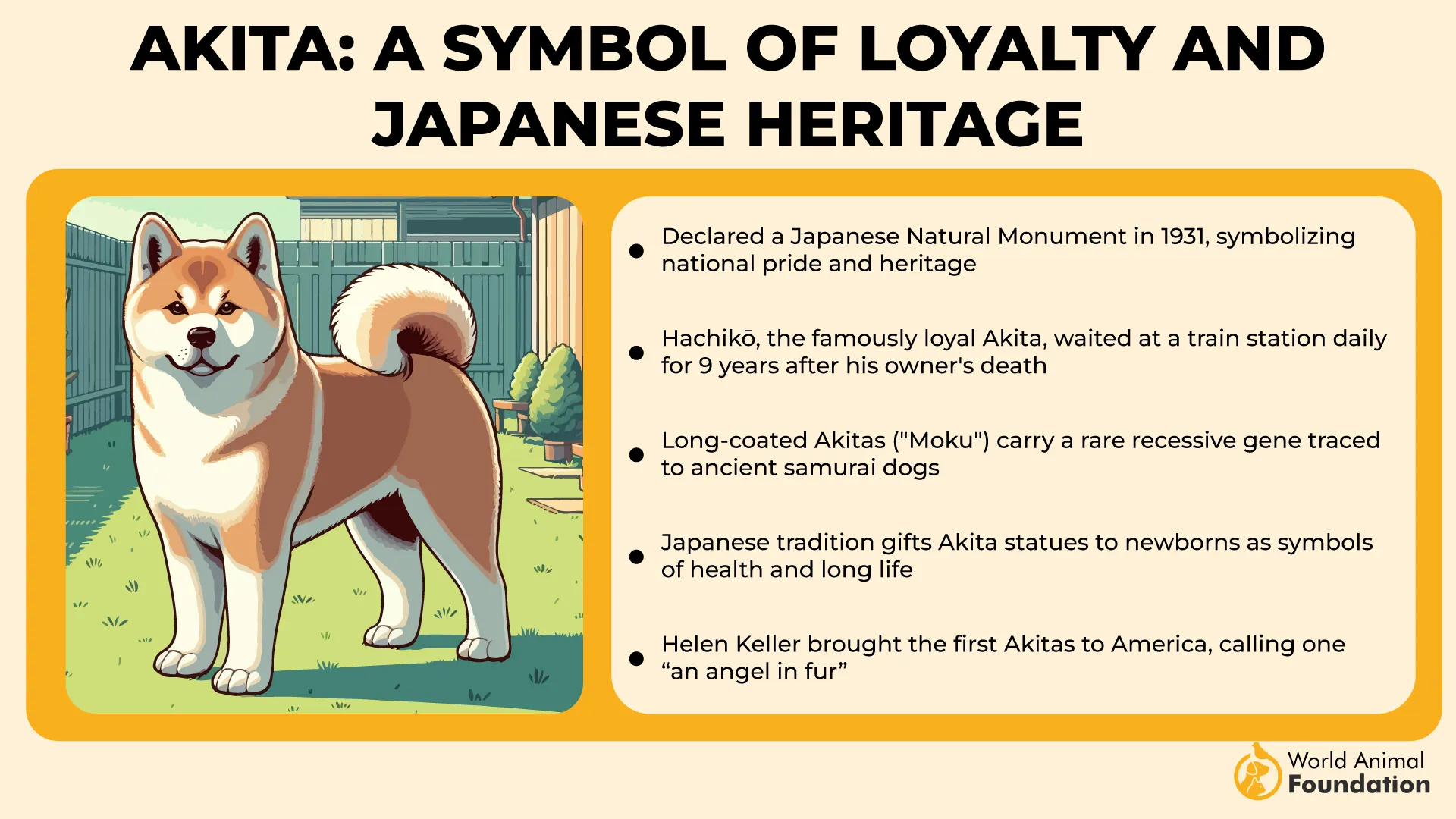
Akitas are built for awe. They boast a broad head, erect triangle ears, and a thick double coat that comes in colors like white, brindle, or red. Their signature curled tail sits like a fluffy crown over their back. Think bear meets cloud—majestic and cuddly… but only if you’re invited.
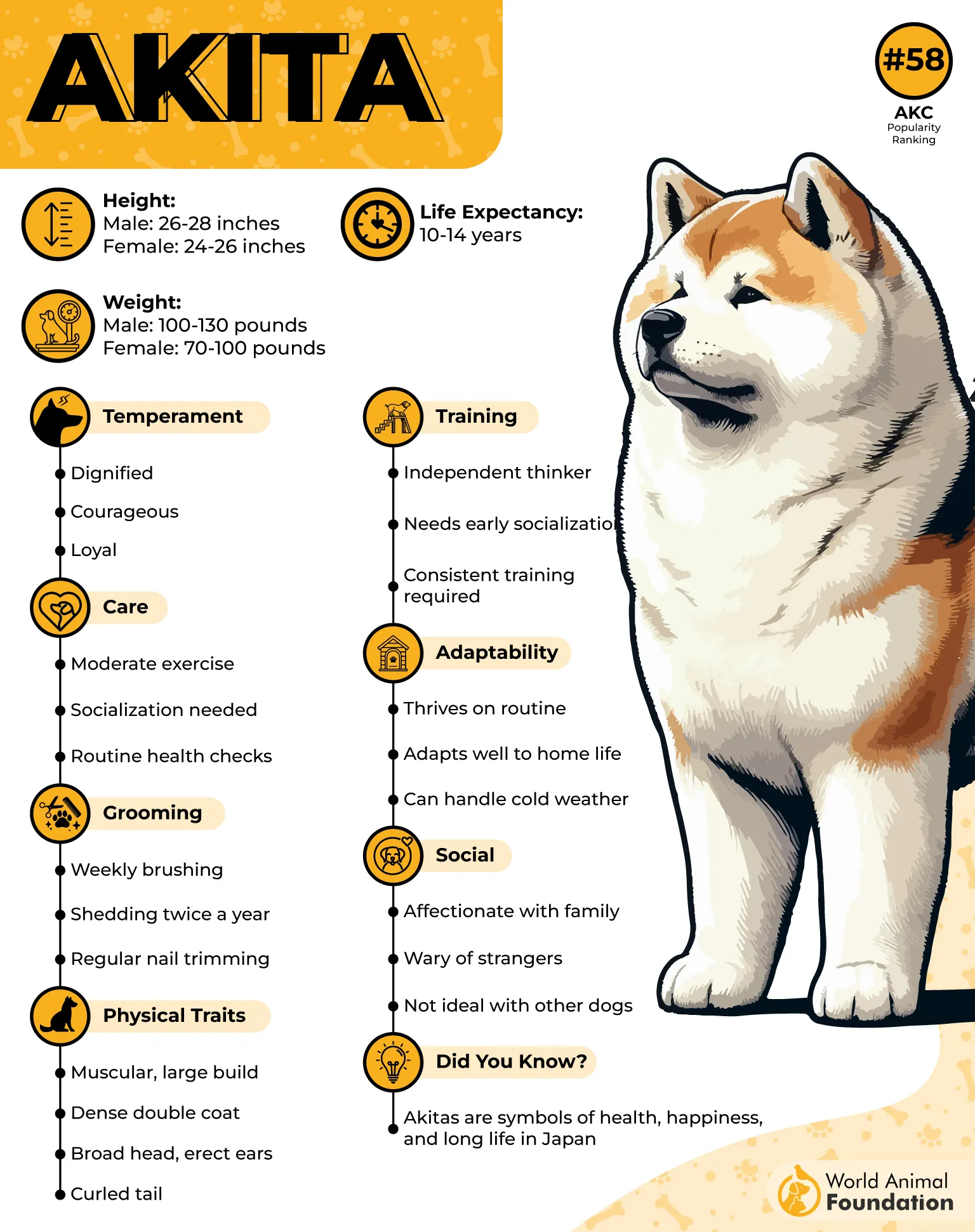
They’re reserved around strangers but absolutely devoted to their humans. Akitas are dignified, independent thinkers, says PetMD. They’re not barkers, they’ll love your family deeply but won’t go throwing tail wags at random passersby. (No offense, mailman.)
That glorious coat? Yeah—it sheds. Heavily. Akitas “blow coat” twice a year, so get comfy with your vacuum. Weekly brushing keeps the fluff manageable, and during shedding season, you’ll want to level up to daily sessions.
A well-exercised Akita is happy to chill at home. Just don’t skip mental stimulation—puzzle toys or obedience training will keep that big brain content and prevent destructive “bored now” behavior.
Best For: Experienced dog owners with older children, a sense of calm authority, and a strong vacuum. Not ideal for homes with other pets—Akitas often prefer to be the sole guardian of your heart (and couch).
2. Shiba Inu
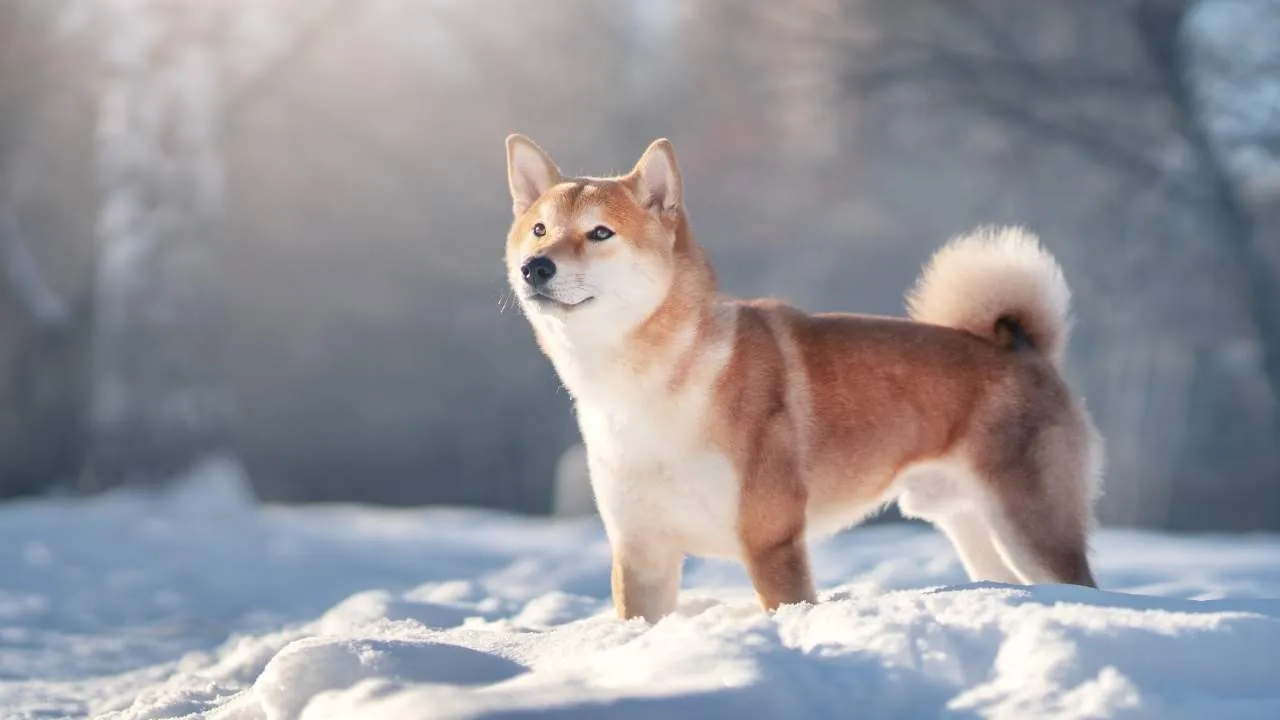
Meet the Shiba Inu— a small native Japanese dog with foxlike charm and a personality that’s 50% independence, 50% sass, and 100% unforgettable.
A true relic of ancient Japan, the Shiba Inu has been around for over 3,000 years, originally bred to flush game from dense brushwood. (Hence the name “Shiba,” which means brushwood, and “Inu,” which simply means dog.)
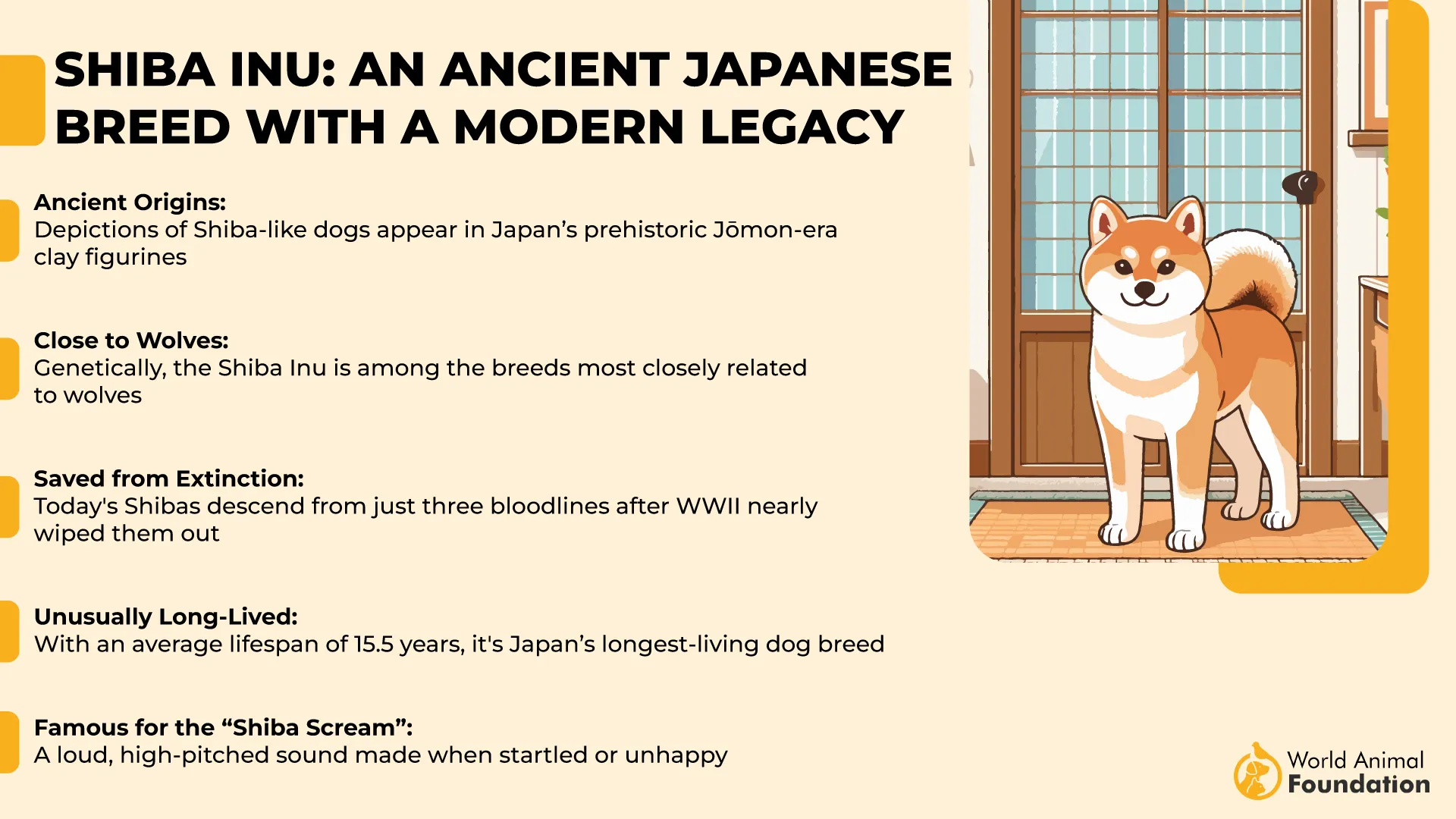
This oldest Japanese dog breed is small but sturdy. Shibas typically weigh 17–23 pounds and stand 13.5–16.5 inches tall. Their curled tail and upright ears give them a perpetual look of alert curiosity, and their thick double coat (usually red, sesame, black and tan, or cream) adds to the plush, foxlike vibe.
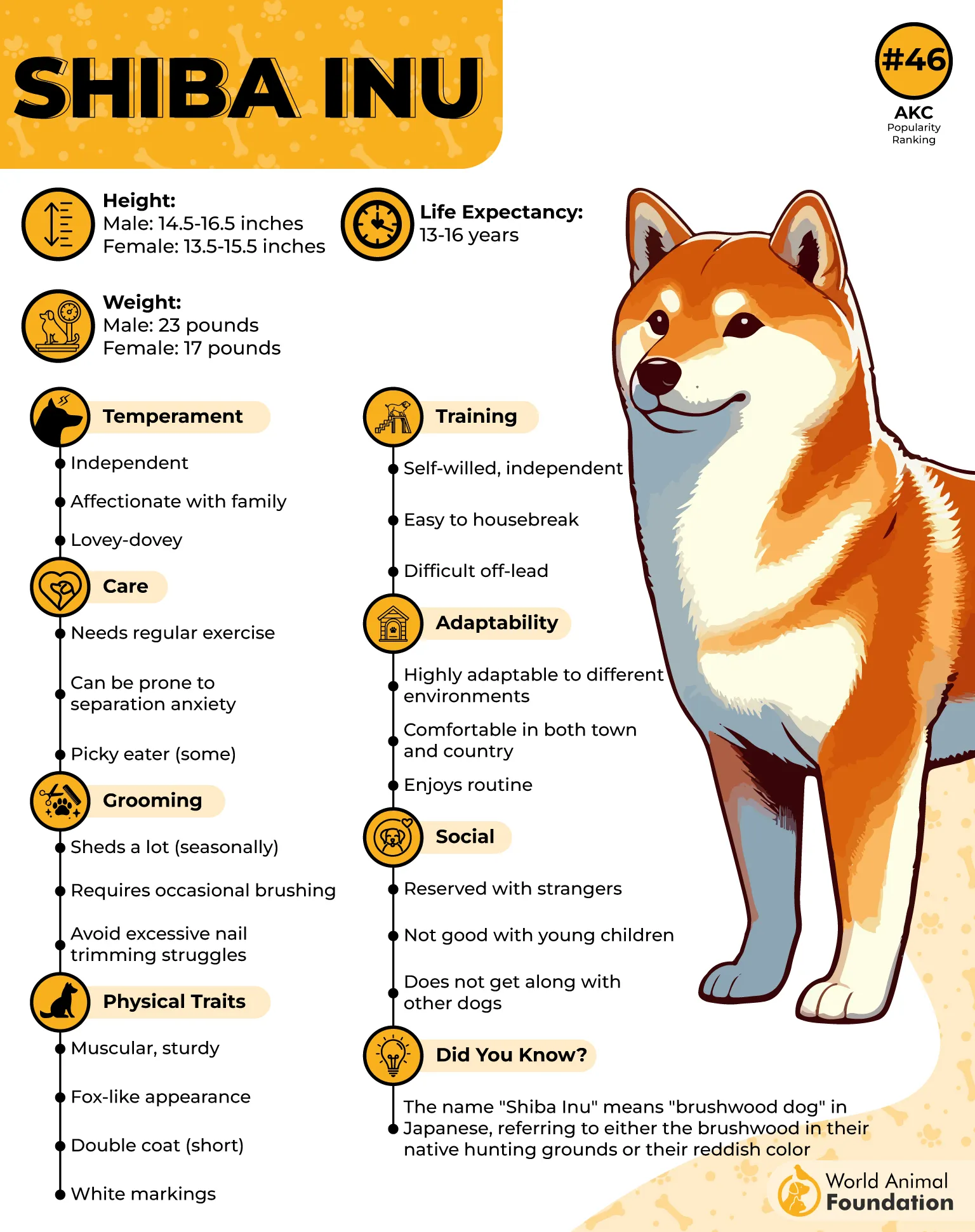
Despite their aloof moments, they’re loyal and affectionate with their humans, just not in a clingy way. They like you, they just don’t need to prove it every minute.
Their double coat sheds seasonally (hello, tumblefur), so brushing a few times a week will help manage the fluff. Shibas are very clean by nature and often groom themselves like cats, so they rarely smell “doggy.”
Shibas are famously independent dogs—and we’re not talking “I need a little space,” we’re talking “I’ll come to you when I’m good and ready.” They’re a clean, cat-like, and intelligent breed, but also bold, stubborn, and known for their signature move: the “Shiba scream” (a dramatic shriek reserved for situations like baths, vet visits, or simply being told “no”).
Best For: Active singles or families who want a unique, self-possessed companion with a touch of ancient soul and a streak of independence.
3. Japanese Spitz
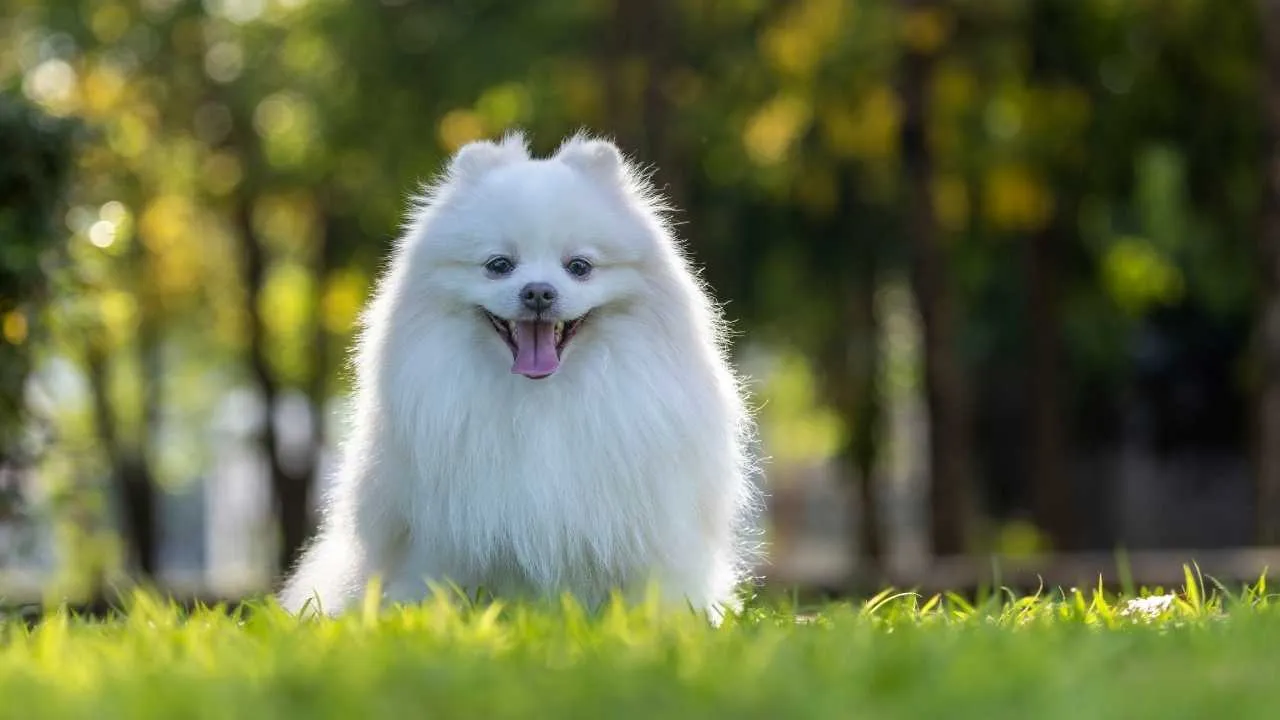
The Japanese Spitz is like a living marshmallow with legs—and a personality that could headline a sitcom. Though a relatively new breed (developed in Japan in the 1920s–1930s), the Japanese Spitz carries the charisma of an old soul.
Think Pomeranian meets American Eskimo Dog, but with fewer diva moments and way more comedy. Fluffy, white, and oh-so-clean looking, they have a luxurious coat, curled tail, pointy muzzle, and bright eyes. They’re small to medium in size, usually weighing between 10–25 pounds.
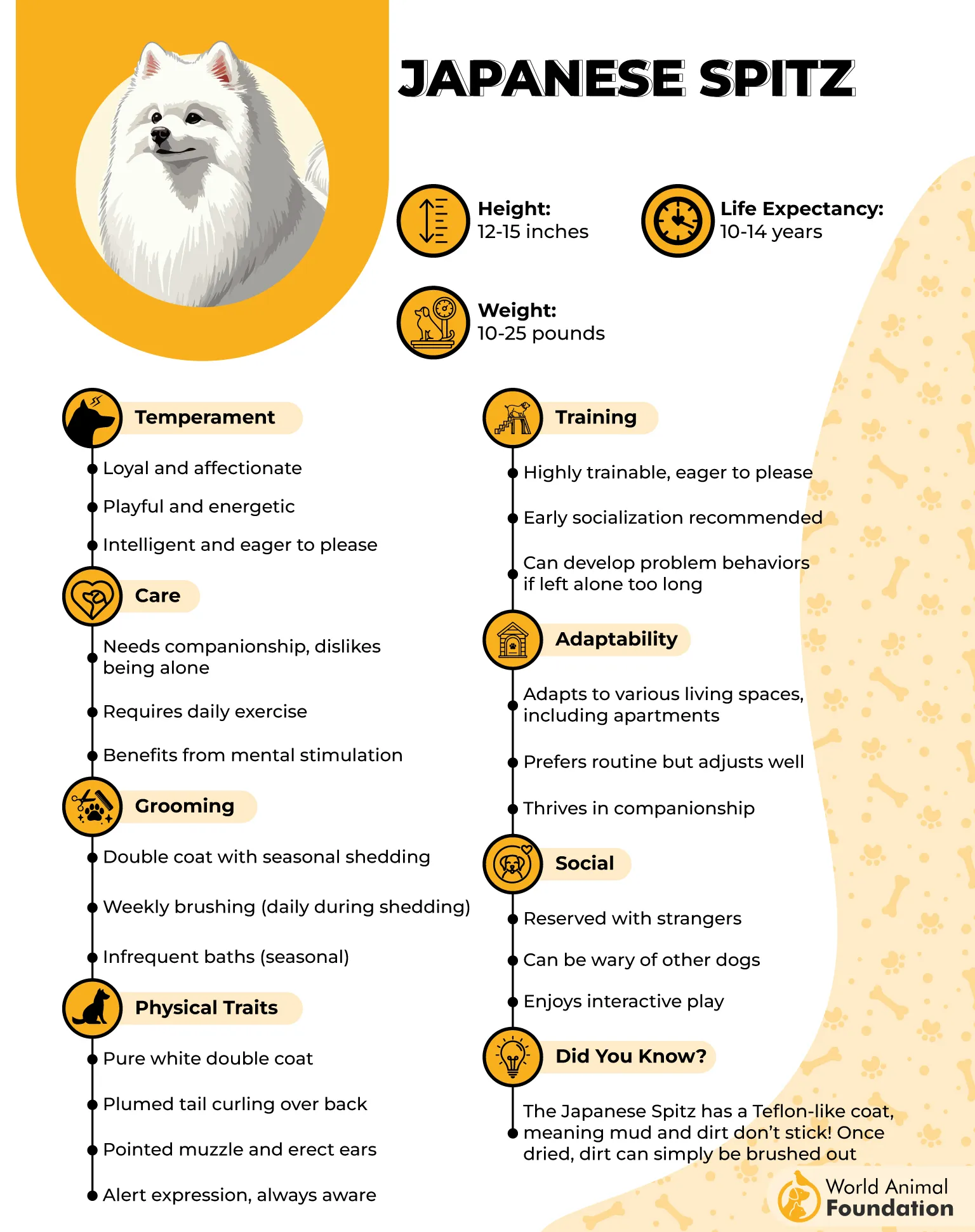
Japanese Spitz are affectionate, goofy, and endlessly cheerful. They’re loyal to their people and tend to follow you around like your own happy little snow shadow.
Despite their thick double coat, they’re surprisingly low-maintenance. Dirt seems to just fall off them (seriously), but regular brushing keeps that fluff fabulous and tangle-free.
Ideal For: Families, first-time owners, or anyone looking for a loyal, lovable cloud with paws.
4. Japanese Chin
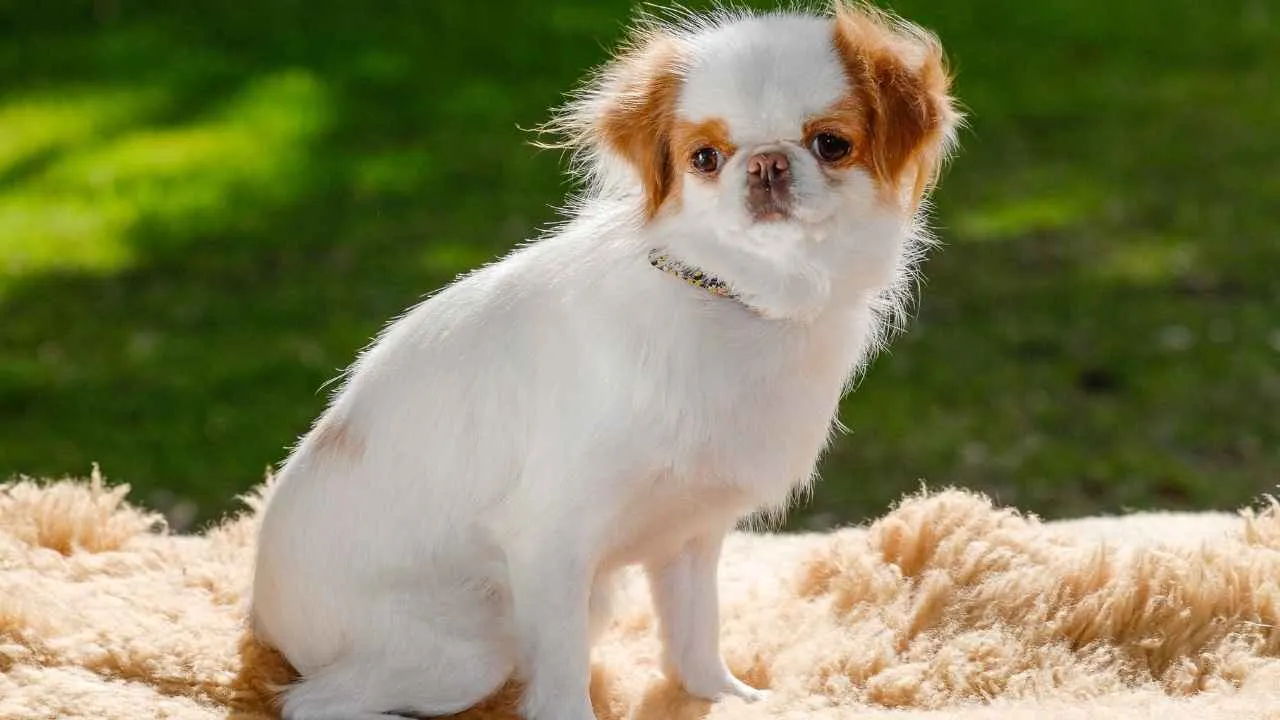
Meet the Japanese Chin: a pint-sized aristocrat with a lion’s mane, the swagger of royalty, and enough charm to run your household (and maybe your life). This toy breed might be small, but they’ve got a royal lineage and a personality that’s half cat, half stand-up comic.
Also known as the Japanese Spaniel, this breed has graced the laps of Japanese nobility and emperors for centuries. Don’t let their dainty size fool you—they are as opinionated as they are adorable.
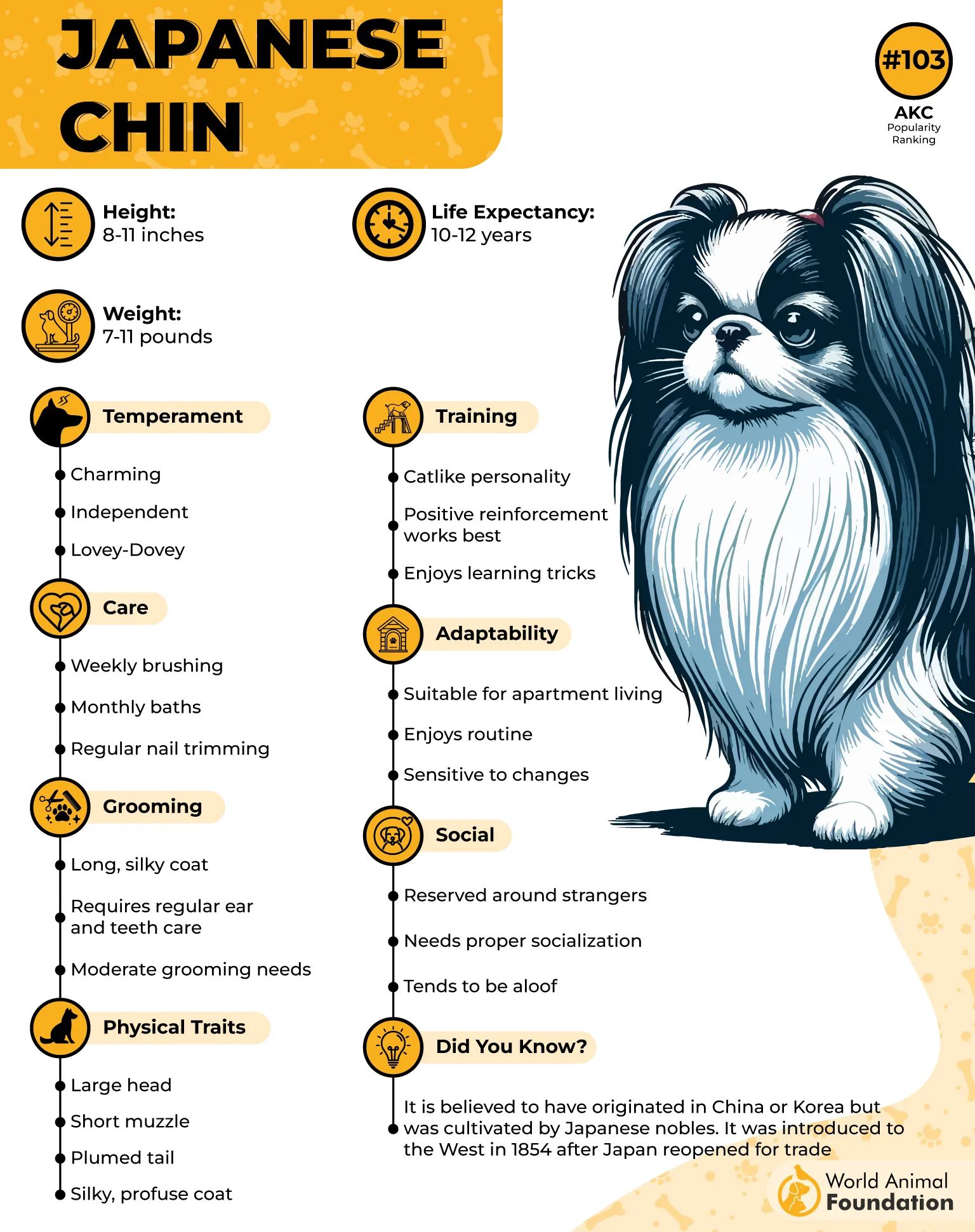
Small, elegant, and unmistakably unique, they have a short muzzle, feathered ears, and a luxurious silky coat, typically in black and white or red and white. That plumed tail? Always draped gracefully over their back like a royal cape.
These little charmers are dignified, clever, and a tad dramatic (in the best way). They’re affectionate with family but may cast a skeptical side-eye at strangers. They’re also famously quiet—but when they want attention, they’ll find a way. (Cue the “Chin spin” or sudden acrobatics.)
Low to moderate activity level. A few short walks and some indoor play will satisfy their exercise needs. Perfect for apartment living or couch co-pilots.
Ideal For: Retirees, singles, and anyone with a soft spot for quirky lapdogs with big personalities and an ancient pedigree.
5. Shikoku
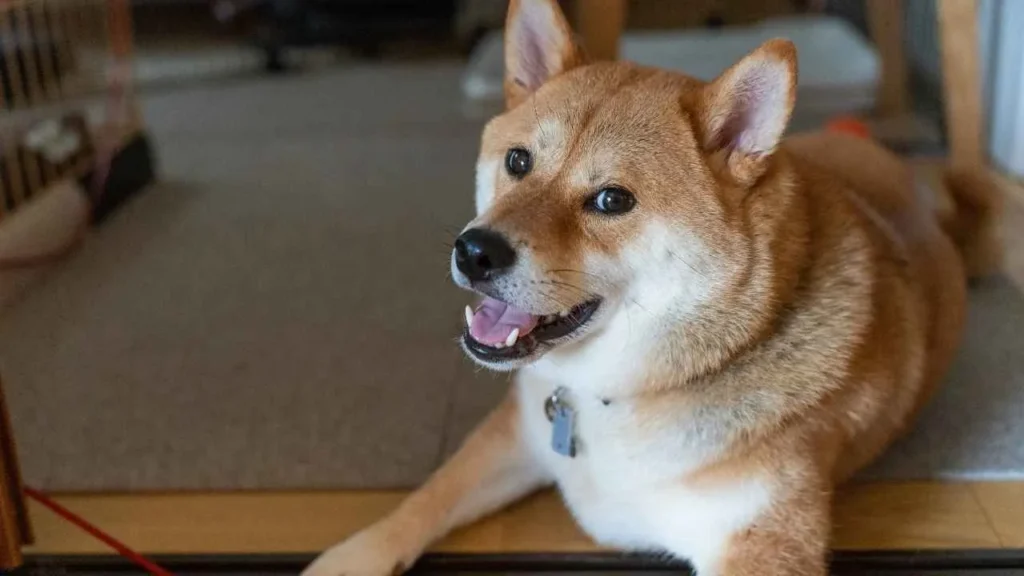
If the Shiba Inu is your feisty little cousin and the Akita is your wise older sibling, then the Shikoku is the perfect middle child—balanced, bold, and built for adventure. Originally from Shikoku Island in Japan, this medium-sized, spitz-style pup was bred for hunting wild boar in rugged mountain terrain.
Picture a fluffier, foxier dog with a tail curled like a cinnamon roll and the heart of a trail runner. They’re lean, athletic, and seriously outdoorsy—like the kind of friend who owns five different hiking boots just because.
Think Shiba Inu meets Husky, with a thicker coat, strong jawline, prick ears, and expressive almond eyes. Their broad face gives them an alert, intelligent look that says, “I know exactly where your missing sock is.”
Brave but not aggressive, loyal but not clingy, the Shikoku is independent and smart—a dog that respects boundaries (unless there’s a squirrel involved). They bond deeply with their family but don’t throw themselves at every stranger who walks by.
They need serious physical and mental stimulation—daily hikes, agility, scent work, or play sessions that make them feel like they’ve earned their dinner.
Final Bark: The Shikoku is a heritage hunter with a heart of gold—and enough endurance to keep up with your weekend warrior lifestyle. Just don’t try to turn them into a lapdog… unless your lap is on a mountain trail.
6. Tosa Inu
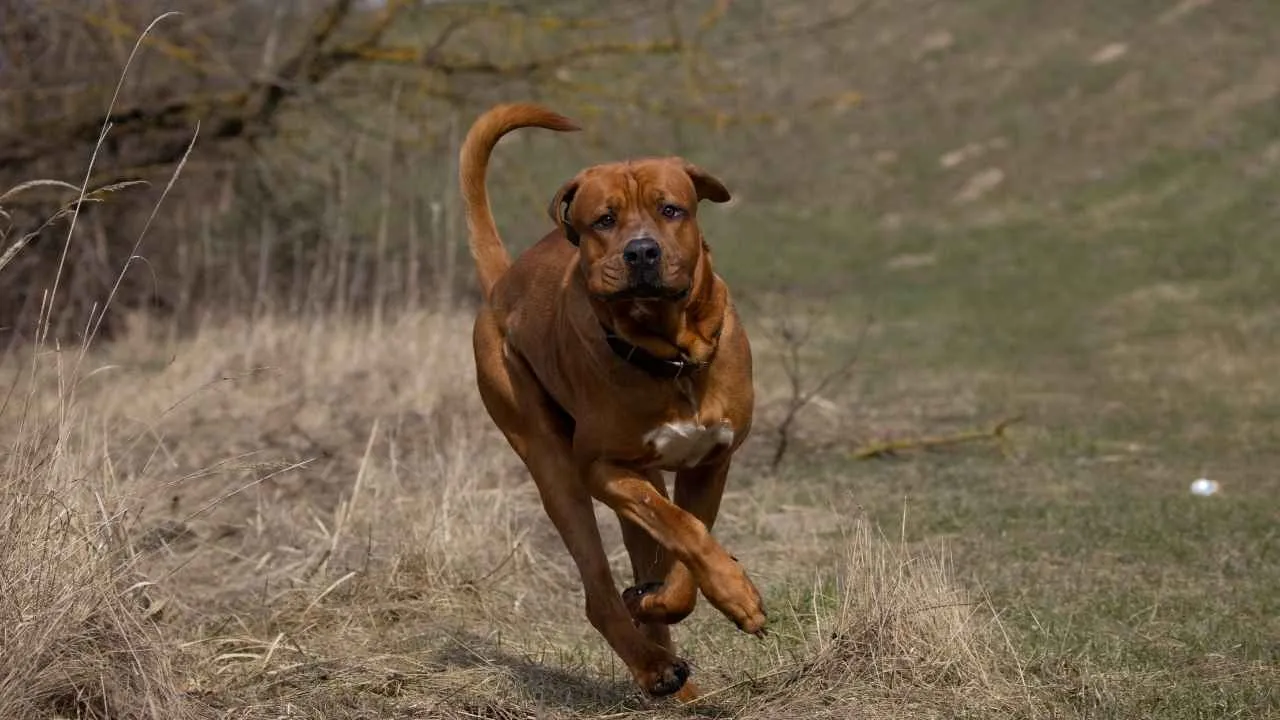
Now meet the Tosa Inu—a dog so regal, calm, and physically imposing that you’d swear they were bred to wear armor. Known as the “Sumo wrestler” of the canine world, the Tosa was originally developed in Japan for dog fighting, but not in the way the West imagines.
In traditional Japanese style, the dogs were trained to be silent and stoic in the ring—no growling, no barking, just pure strength and discipline. The result? A massive, muscular dog that’s calm in demeanor but protective at heart.
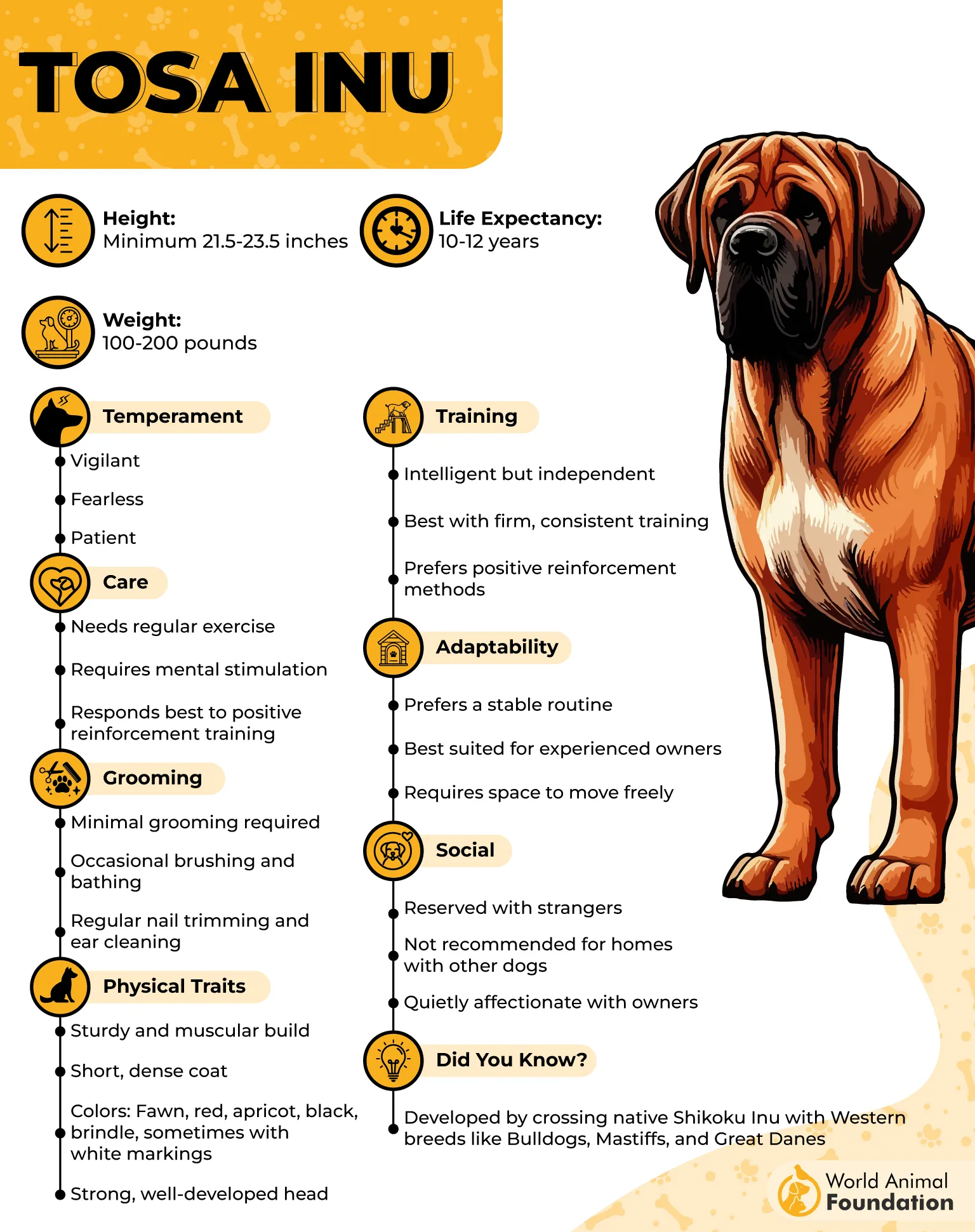
According to the American Kennel Club (AKC), this breed holds the title as the largest among all Japanese dog breeds. It’s also known by several names, including Tosa Ken, Tosa Dog, Tosa Token, Tosa Inu, Japanese Fighting Dog, and Japanese Mastiff.
Think Mastiff meets Zen monk. Large and powerful, with a broad chest, heavy bones, wrinkled forehead, and soulful eyes. Males can weigh anywhere from 100 to 200 pounds, depending on the line. Imagine a bulldog, a Great Dane, and a Shikoku had a secret recipe and cooked up a champion.
Tosas are dignified, aloof with strangers, and deeply loyal to their family. They’re calm and quiet indoors, making them surprisingly good house companions (if you have the square footage). But don’t mistake silence for softness—they’ll guard you with their lives if necessary.
Final Bark: The Tosa Inu isn’t for everyone, but for experienced dog owners who want a loyal, protective companion wrapped in quiet strength, this noble warrior will earn your deepest respect (and your biggest dog bed).
7. Kai Ken
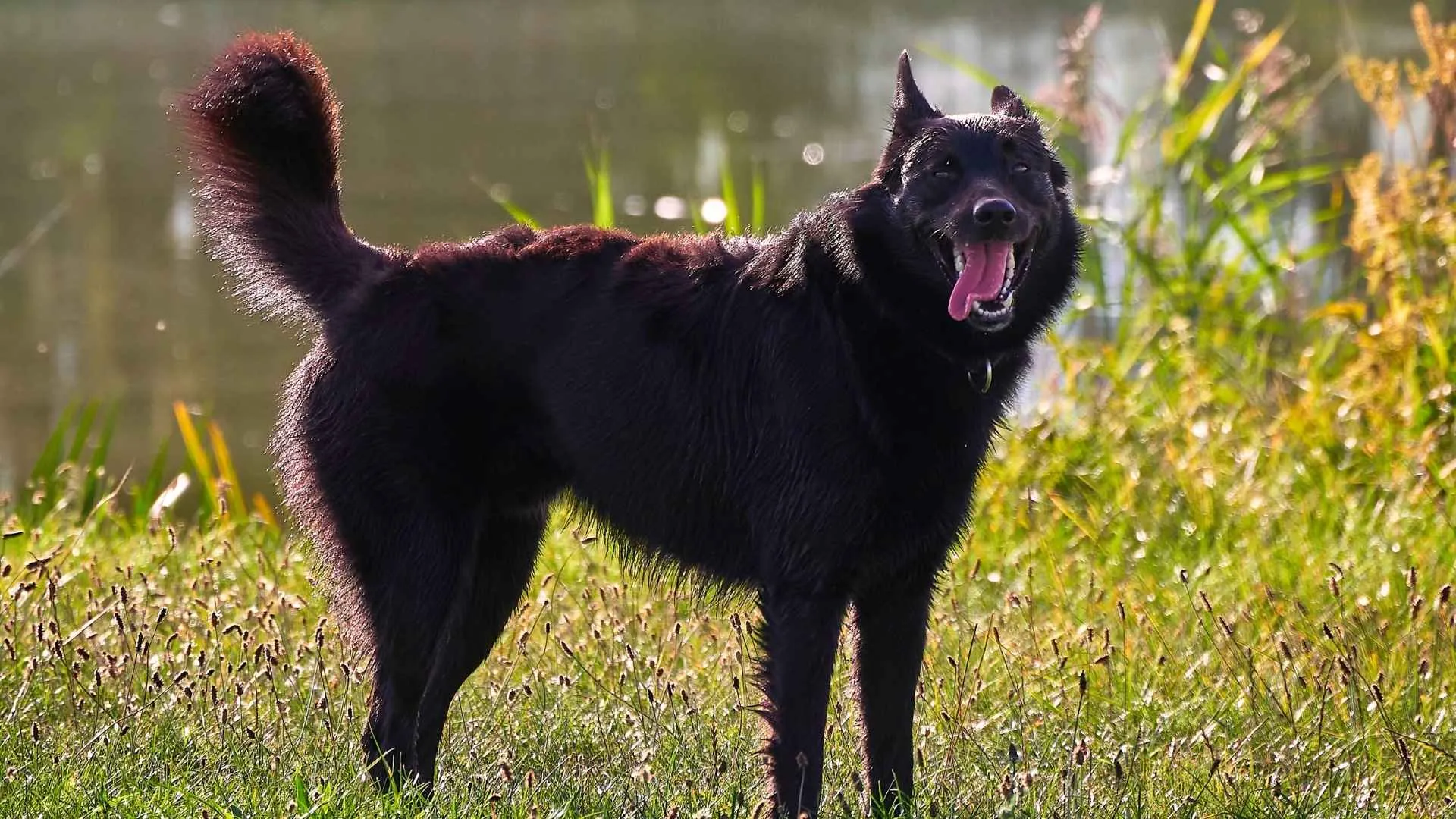
Nicknamed the “Tiger Dog” for its stunning brindle coat, the Kai Ken is one of Japan’s rarest and most majestic native breeds.
Hailing from the remote, rugged mountains of Yamanashi Prefecture, this agile hunting dog was basically born to climb, chase, and conquer the great outdoors.
Discovered officially in 1929 and registered shortly after, the Kai Ken hasn’t strayed far from its wild roots. Bred to track wild boar and even bears, this dog isn’t your average house pup—but give them a purpose, and they’re fiercely loyal and shockingly graceful.
They’re reserved but devoted, especially to their family. They’re watchful, alert, and not quick to make friends, but when they do, it’s for life.
The Kai Ken is the silent guardian type—watchful, noble, and cool as a mountain breeze. Just don’t expect a social butterfly—this one’s more lone wolf than party pup.
Best Suited For: Outdoorsy types, experienced owners, and anyone ready for a loyal protector with a wild streak.
8. Kishu Ken
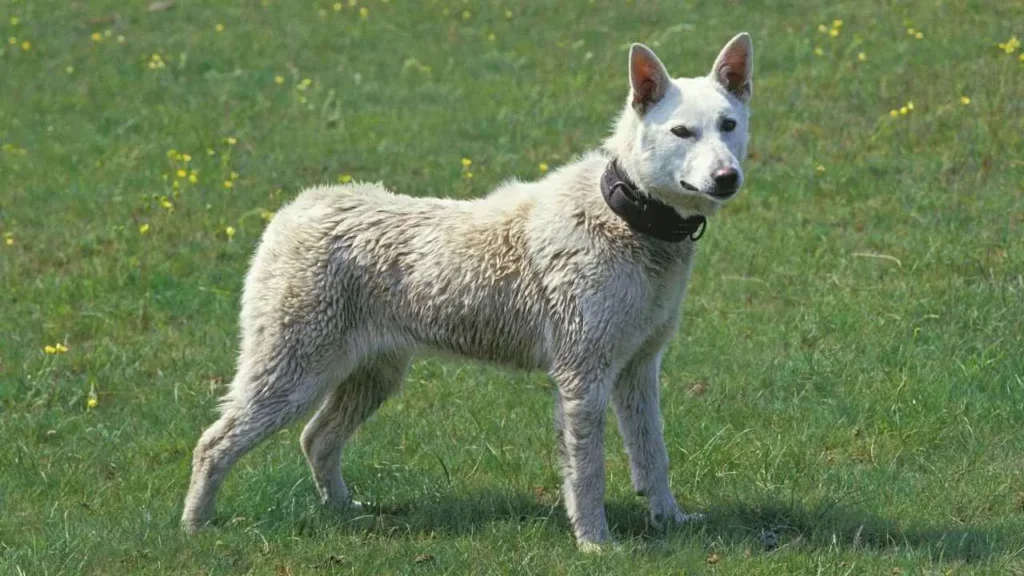
Quiet, dignified, and brave—if a dog could be a samurai, it would be the Kishu Ken.
With a heritage stretching back thousands of years, this ancient spitz-style breed hails from the mountainous Kishu region and is still used in Japan today to track down wild boars and deer.
Kishu Kens are medium-sized dogs who are clean and composed, with a naturally reserved nature and an intelligent gaze that says, “I’m watching everything… and I’ve got it under control.” Most are pure white, giving them a regal, almost mythical presence that only adds to their mystique.
The Kishu Ken is all about quiet strength and devotion. They won’t bark for no reason, but if you’re looking for a deeply bonded companion with a hunter’s heart and a samurai’s spirit, the Kishu is your canine match.
Ideal Home: Experienced owners looking for a loyal, low-drama dog with old-soul vibes.
9. Japanese Terrier
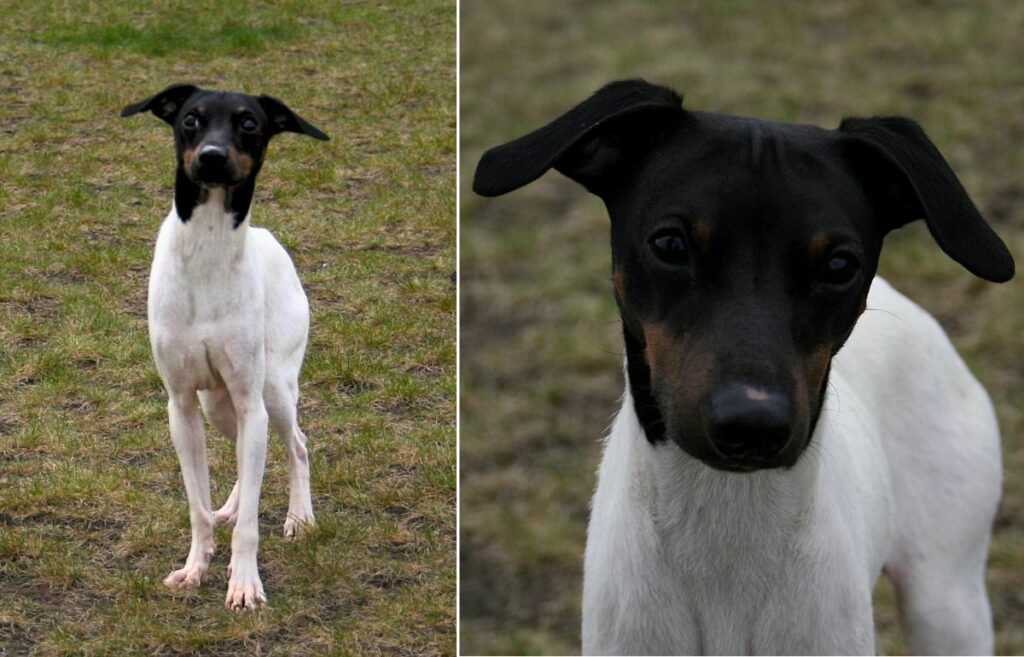
The Japanese Terrier might just be Tokyo’s best-kept secret—think of them as the James Bond of small dogs. Sleek, polished, and always dressed to impress in their natural tuxedo-like coat, this breed is the result of a 17th-century canine collaboration between Dutch Smooth Fox Terriers and native Japanese dogs.
These little charmers tip the scales at just 5 to 10 pounds and stand 8 to 13 inches tall—but don’t let their size fool you. They’re packed with energy, curiosity, and enough personality to fill a much bigger dog’s pawprints.
These dogs bond closely with their humans and often choose one favorite person. They enjoy daily walks, indoor play, and quality lap time. This breed is best known for its adaptability and deep affection, says Royal Canin.
Renowned for its high energy and sharp intelligence, this breed is an excellent match for active owners who can offer plenty of physical exercise and mental challenges.
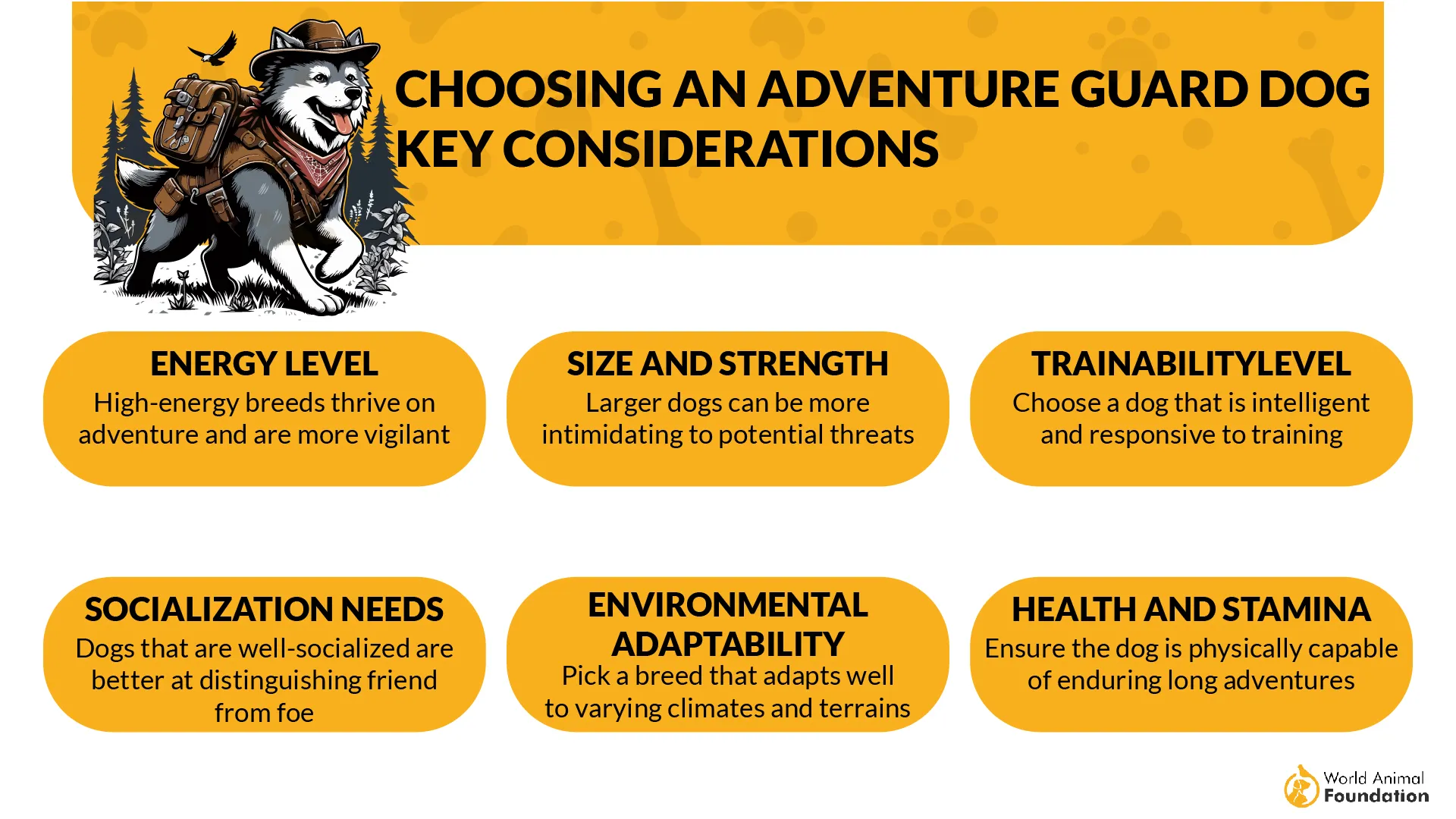
Best For: Apartment dwellers, city folks, and anyone looking for a small breed with a huge heart and impeccable style.
10. Hokkaido
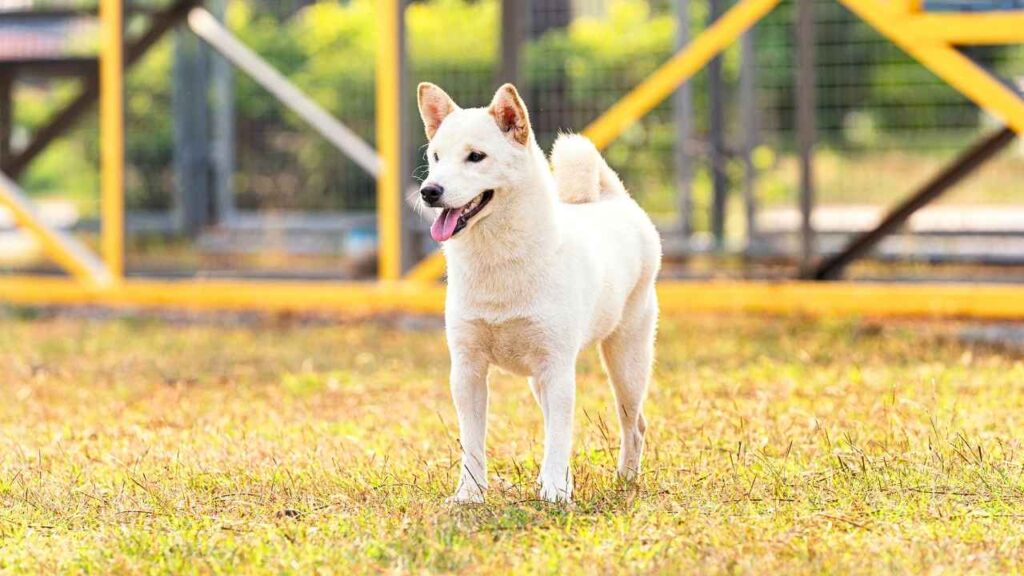
Meet the Hokkaido, the rugged explorer of Japan’s canine world. Originally brought to the icy north island of Hokkaido in the 12th century, these spitz-style pups were bred to survive frigid winters, scale snowy mountains, and—oh yeah—help hunt bears. No biggie.
Medium in size but massive in courage and loyalty, the Hokkaido has all the classic spitz features: a thick double coat, perky triangle ears, and a proud curled tail that says, “I’ve got this.” Fluffy, fox-like, and perfectly built for cold weather with a dense coat made for snowball fights.
Brave, protective, and incredibly devoted to their people. Once you earn their trust, you’ve got a bodyguard for life. Naturally wary of strangers, so early socialization is key to helping them feel comfortable in new situations.
These dogs need regular walks and mental stimulation—think hikes, outdoor games, and puzzle toys. Moderate upkeep—regular brushing helps manage that thick coat, especially during shedding seasons.
If you love adventure, snow, and having a four-legged shadow that’s equal parts fierce and affectionate, the Hokkaido is your winter-weather ride-or-die.
Conclusion
When it comes to the best Japanese dog breed, it’s hard to choose just one, especially with the proud lineup of Nihon Ken breeds, each with deep roots in Japanese culture. From the ancient breed that could climb trees and hunt game, to the famous dog who waited at the train station, these most popular companion dogs have more than good looks—they have legends. Many have pointed ears, soft fur, or even a white coat, and are known to swim rivers and chase small animal,s or hunt birds.
Recognized by the Japan Kennel Club, these highly intelligent dogs can make loyal family members—if socialized properly. Unlike Western breeds, they’re a rare sight and often extremely rare, some nearly lost after World War II and the Second World War. Whether you prefer a fierce guard dog, a working breed, or a popular companion dog, Japanese breeds—like the elusive Kobe Terriers—show why people around the world truly love dogs.


